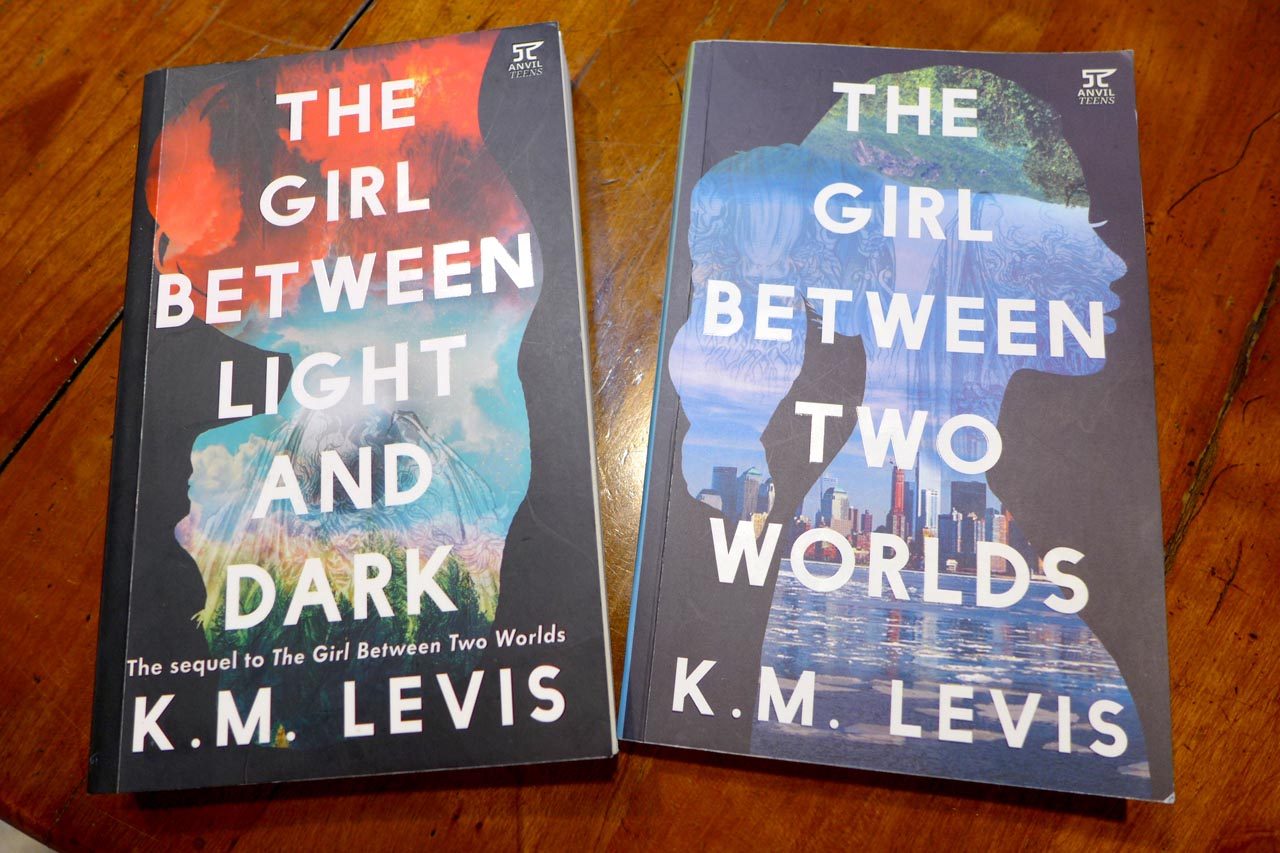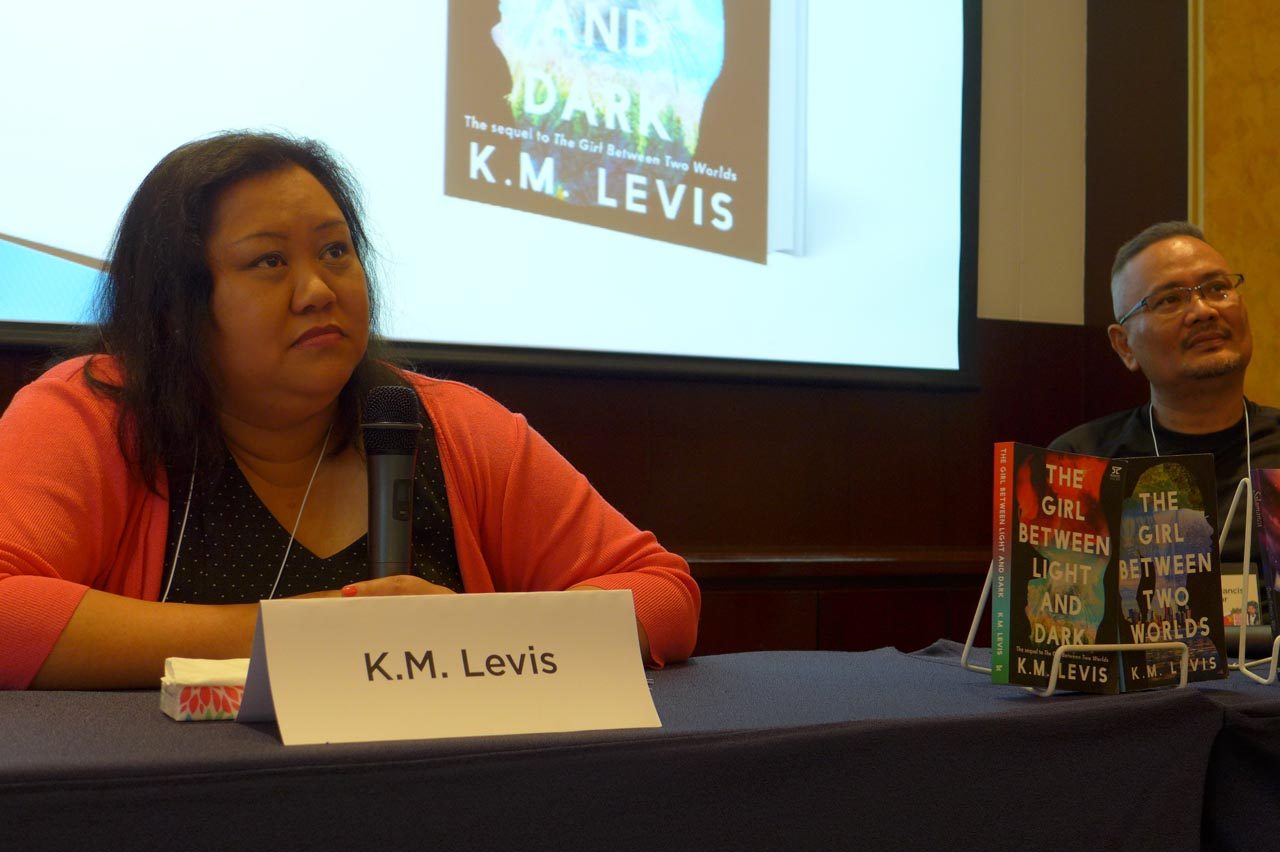SUMMARY
This is AI generated summarization, which may have errors. For context, always refer to the full article.

Homesickness is its own kind of monster for Filipino immigrants. On some days, it can be appeased with a meal of your favorite canned corned beef. Some days, an hour or two belting out songs as you listen to a Pinoy radio station on the Internet will do.
But then there are days when the longing hits you hard and you want something more lasting. When a little baby comes along, it adds a different dimension to your yearning for home. Now, you want to ensure that your half Pinoy, half Aussie kid learns to appreciate the treasure trove that half of her DNA holds. What do you do?
If you are KM Levis (short for Kristyn Maslog-Levis), a transplant from Cagayan de Oro City who has been residing and working as a journalist in Sydney, Australia for the past 15 years, you write books, of course.
For KM Levis, writing creatively was a slow burn. It didn’t occur to her immediately. But then, she found herself narrating to her daughter the same stories she grew up with. One of these stories was “The Dragon and the Lizard.”
“I told my daughter that during bed time. It was like the circle of life. My mom used to tell us that para makatulog kami (so we would sleep). I wanna do that. I want to keep doing that,” she says. More importantly, she asks: “How do you preserve that?” Since she is already in the business of writing, the answer came easy: write them down. And that’s how she found herself self-publishing two picture books.
But it wasn’t enough. She needed a “longer fix.” Retelling the stories she grew up with was not enough. She wanted to say more. Most of all, she wants to create a character for her little girl to emulate: fearless, courageous, kind, kick-ass and most of all, respectful of her Filipino heritage. And what better way to showcase all of this than with the mythological characters of her mother’s home country.

Five years later, in 2016, The Girl Between Two Worlds was published by Anvil. The YA novel follows the adventures of Karina, the offspring of a Filipina mom and an Australian dad who, upon her 16th birthday, discovers she’s also half-human, half engkanto. She is tasked to protect Engkantasia, find her missing mom and navigate the confusing maze that is first love.
The supernatural is a strange genre for a journalist like KM Levis.
A freelance lifestyle and IT correspondent, several of her stories were featured on the pages New York Times and Al-Jazeera. In an earlier lifetime, she was a TV reporter and producer for ABS-CBN in Dumaguete.
Underneath all this though is woman who has always been fascinated with the myths and folklore she grew up with. “I’ve always loved the supernatural,” she says enthusiastically, narrating how she and her siblings would often crowd around their battery-operated radio during brownouts listening to scary shows.
“I could never stop putting ‘what ifs’ in normal situations,” she continues.
Among the what-ifs that she fleshed out in her book is to take her band of monsters and fantastic creatures overseas. (The book is set in San Francisco, USA.)
We always talk about the Philippine diaspora and its many effects. But have you ever considered that in that same diaspora lurks some manananggals and other Philippine monsters? Levis did. “There’s a big probability that the more Filipinos are out there, the more that one of them is an aswang,” she says with an impish grin.
“Maybe one in 100. Or 1 in 500 is an aswang. You’ll never know.”
Writing the books was an eye-opener for the former reporter. “When you’re a journalist you say ‘get to the bloody point.’ No frou frou. No fluffy words. And then you write fiction, it’s like ‘give more descriptions. Add more fluffy words,” she says of the struggle to switch off her journalistic instincts in order to access her creative mind.
“I was fighting my initial training. The first draft sucked so much. It was like a news story or a feature story; it was my journalism background coming out,” she says.
A few weeks ago, author Neil Gaiman tweeted that while he loved the myths and monsters of the Philippines, he’d much rather read about it from one of our terrific writers than write it himself.
Levis agrees with this viewpoint since we’re the ones immersed in our own mythology and stories. But then, there is the oft-repeated line about local authors not getting enough support from fellow Filipinos, “not unless it’s romance.”
There are a number of excellent materials out there but we seem to always run across this particular wall, don’t we? “There’s this thing that we want to read international authors. I think we just need to go over that mentality and support ang sariling atin. Because we have a lot of great talent. We have to be proud of that,” she says.
Then, too, the international market is a tough nut to crack, based on Levis’ own experience. While sending out manuscripts for her first book, publishers both in Australia and the US were hesitant to take it up because they don’t know how to sell it to their readers.
“The main feedback when I was pitching it to Australian and American publishers was that they didn’t know how to market it. Because the monsters are too violent for YA. What? Their bodies just separate. They drink fetuses. What? And they say ‘Are you sure this is YA?’ It was hard to convince them that yeah, it is YA. Mahirap i-explain if they don’t know the background.”
While international recognition is yet to come, her first book is doing well locally. It resonated with a lot of readers and is now on its second printing. Anvil also recently came out with the sequel, The Girl Between Two Worlds.
Even as she tends to her social media consultation company, she’s neck deep writing two more books in her expanding Engkantasia Chronicles. It is her hope that these will help young Filipinos, especially those who were born and live abroad, to gain a deeper appreciation of their Filipino heritage.
“That’s the dream. I want people, not just those in other culture…even yung half-Filipino kids na hindi lumaki dito…That’s what I really want for them to know: that this is part of their heritage; part of their culture. That’s the dream. That’s the target.” – Rappler.com
Add a comment
How does this make you feel?
There are no comments yet. Add your comment to start the conversation.